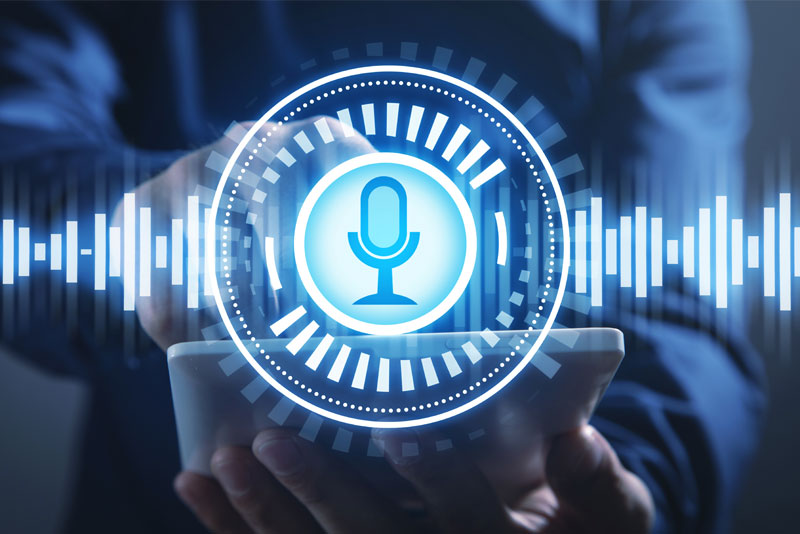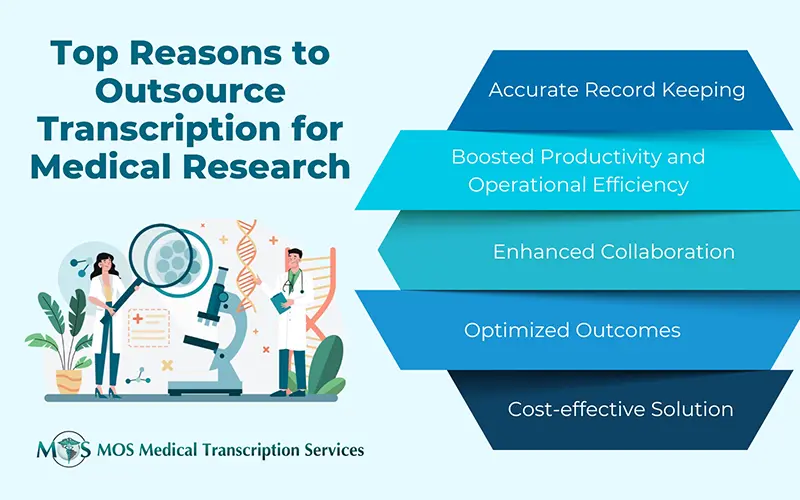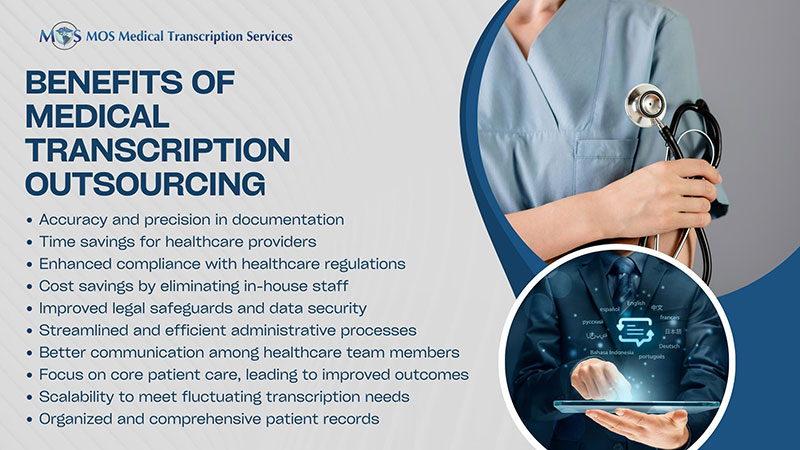
Voice or speech recognition technology (SRT) uses artificial intelligences (AI) to interpret spoken audio and convert the spoken words into text on a computer screen. Voice recognition is making waves in many fields and its applications range from performing initial job interviews, controlling digital devices and enabling hand-free technology to breaking down communication barriers for the visually and hearing impaired. Speech recognition supported by medical transcription services is now a widely accepted way to create error-free medical records.
Today, SRT is enhancing the delivery of healthcare in many ways:
- Reduces the need for written documentation: SRT technology can be used as a tool for communication between health care providers and patients. SRT allows patients and their families to communicate clearly face-to-face with healthcare providers. Patients who have difficulty using their hands due to illness or injury and cannot send mails or messages to their healthcare provider can use SRT to communicate instead. Other patients may have problems reading or understanding prescriptions and other information presented to them on paper. Voice recognition makes communication easier for these patients.
- Improves care and healthcare staff efficiency: In addition to being useful for patients and residents, voice interactive technology is useful to senior and post-acute care staff, notes a HealthTech article. Staff can use it to triage patient or resident needs and medication requests, instead of physically going into a room to communicate. Overall, voice recognition can reduce the challenges of information exchange and data collection and free up healthcare staff to focus on core tasks and improve efficiency.
- Helps with language barriers: Leading voice recognition software supports automatic real-time translation for multiple languages, and transcription and translation for 60 languages. This makes SRT quite usefully for patients who cannot communicate traditionally.
- Captures the patient’s voice: Voice data can provide valuable, valid and reliable evidence about how the patient is doing. Voice notes captured during consultations is an important source of voice data in healthcare. These recordings of patient voice in healthcare can be organized and used for future medical references, or to know the reasons behind positive and negative feedback. According to a Forbes article published last year, “The patient’s voice will become a source of data not altogether different than blood pressure, temperature and other vital signs”.
- Documentation: Voice recognition has transformed the way clinical documentation is created. Physicians just need to dictate their notes and the system will record and convert the spoken words into text. Let’s look into this in more detail.
Voice Recognition and Medical Documentation
One of the most significant uses of speech recognition technology in the healthcare industry is the automation of the medical documentation process. Clinicians are using the technology to speed up the transcription of patient information. The technology converts words into a text in real time. Voice recognition software can transcribe encounters three times faster than manual typing into the EHR. Reports say that it can significantly reduce physician burnout and free up a couple of hours a day for a provider who sees twenty to thirty patients a day (healthcareitnews.com).
The latest AI scribes use voice recognition, machine learning, natural language processing, and other models to automate clinical documentation. For instance, DeepScribe works as follows:
- listens in on a patient encounter via the provider’s cell microphone
- creates a high quality recording
- AI uses natural language processing to autonomously extract the medically relevant information from conversation
- produces a complete medical note and integrates it directly into the relevant EHR fields
According to DeepScribe, with their AI-powered tool, clinicians no longer have to endure the burdens of medical documentation or even dictate during their encounter or after. The provider can just speak naturally during the encounter, and DeepScribe will take care of the rest.
Despite the advantages of voice recognition to automate clinical documentation, medical transcription outsourcing continues to be relevant. Certified medical transcriptionists listen to audio recordings of dictations by and transcribe those dictations to text to create medical reports. Moreover, as automated transcription has accuracy concerns, having the reports checked by a medical transcription service provider is essential.
Many providers are using a hybrid approach or combination of automated and manual methods, according to Dolbey. This involves filling some text fields or checking some boxes manually and using voice recognition to complete the rest of the documentation. It could also involve using speech recognition to draft the documentation and using medical transcription services to edit and improve its accuracy.


